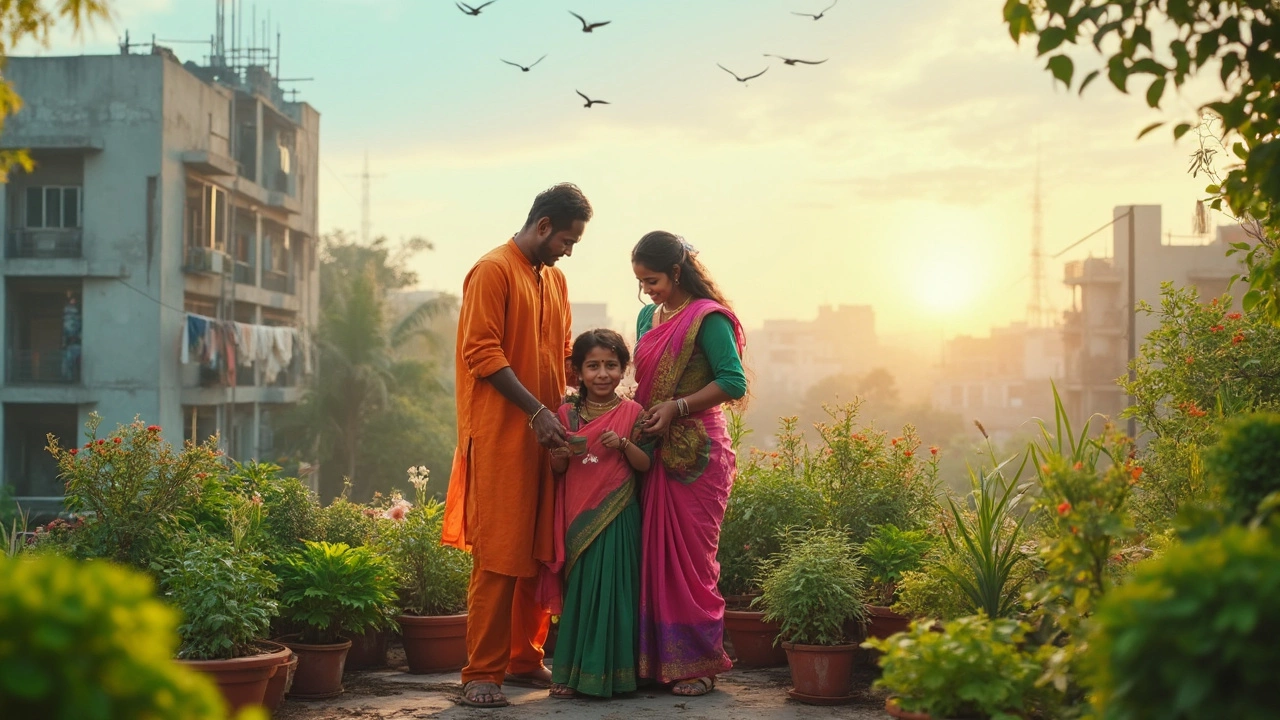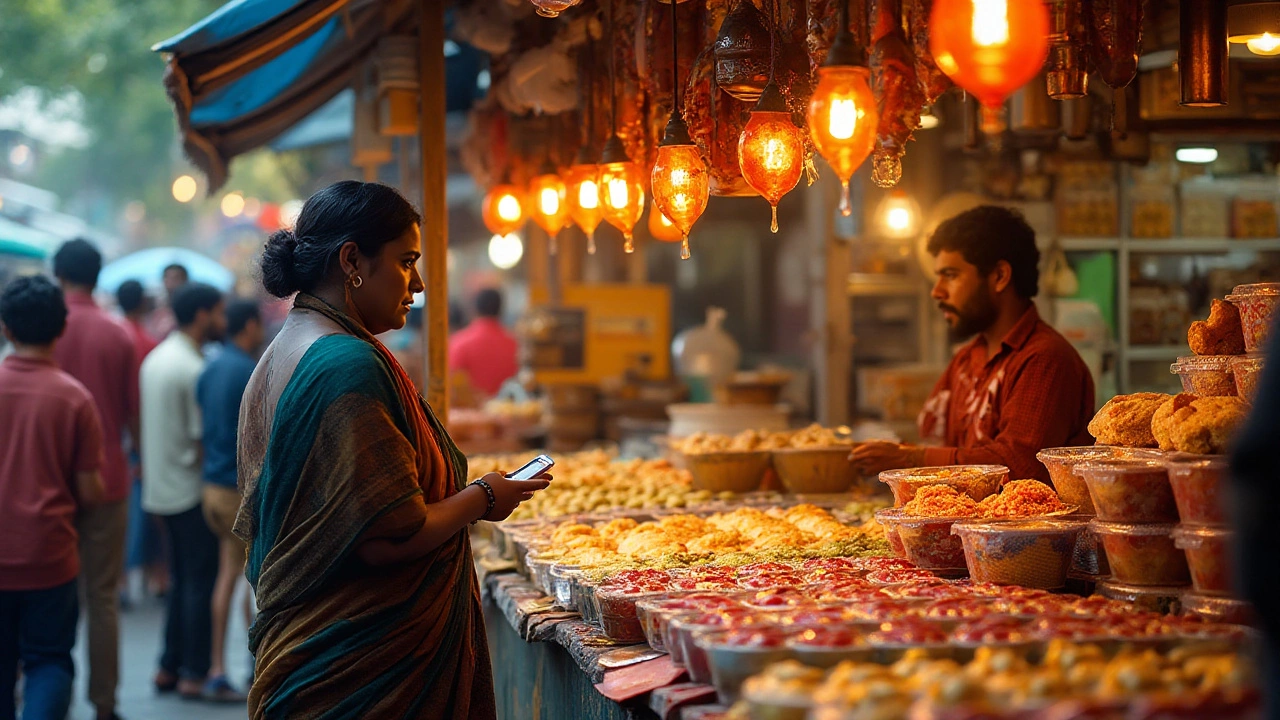Who Is the Largest Textile Supplier in the World? Global Leaders Ranked
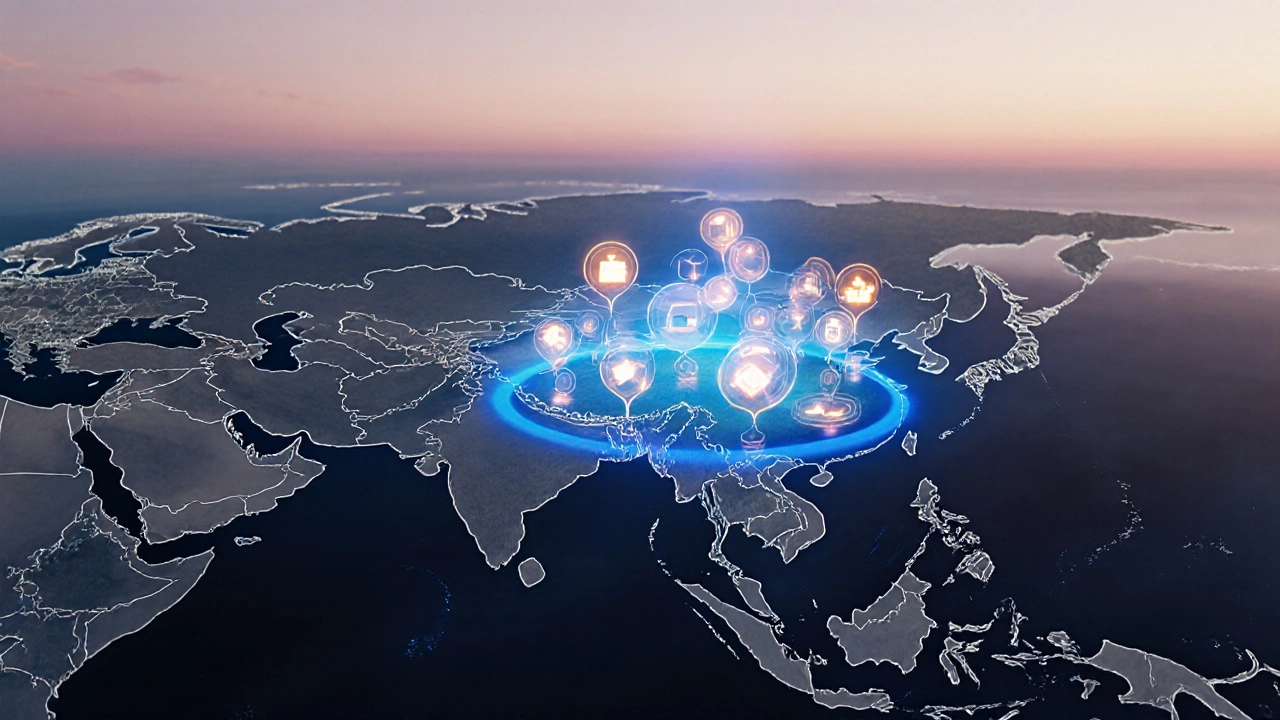
Textile Supplier Comparison Tool
Compare Any Two Textile Suppliers
Select two companies from the list below to see how they compare across key business metrics.
Comparison Results
Key Differences
When you hear the phrase "largest textile supplier," you might picture a massive factory spitting out rolls of fabric for everything from high‑end fashion to everyday home textiles. But who actually holds that top spot on the world stage? In this deep dive we’ll break down the biggest players, show how they measure up, and explain why the leader’s edge matters to anyone who buys a shirt, a sofa cover, or a hospital gown.
Why Size Matters in the Textile World
Being the biggest isn’t just a brag‑ging right. Scale drives lower unit costs, stronger bargaining power with cotton growers, and the ability to invest in cutting‑edge tech like automated looms and sustainable dyeing processes. Those advantages translate into more competitive pricing for brands and, ultimately, lower prices for consumers.
How We Rank the Leaders
We looked at three hard data points that industry analysts use to gauge size:
- Annual revenue - the total money a company earns from selling yarn, fabric, and finished textiles.
- Production capacity - measured in metric tons of fabric per year.
- Global market share - the percentage of worldwide textile output the firm accounts for.
Combining these metrics gives a balanced picture, because a company might earn big bucks by selling high‑value technical fabrics even if its raw volume is lower.
Top Five Global Textile Suppliers (2025)
| Company | Headquarters | 2024 Revenue (USDbn) | Annual Production Capacity (milliontons) | Estimated Global Market Share |
|---|---|---|---|---|
| Arvind Ltd is India’s largest integrated apparel fabric maker, with a strong focus on denim and casual wear fabrics. | Ahmedabad, India | 4.2 | 7.8 | 3.5% |
| Vardhman Textiles is a leading Indian cotton yarn and fabric producer, serving both domestic and export markets. | Delhi, India | 3.9 | 6.5 | 2.9% |
| Welspun India is the world’s biggest home‑textile manufacturer, known for towels, bed‑linen, and rugs. | Mumbai, India | 5.1 | 8.2 | 3.8% |
| Toray Industries is a Japanese conglomerate that dominates the high‑performance synthetic fiber market. | Tokyo, Japan | 7.4 | 9.0 | 4.1% |
| China National Textile Group is the state‑owned giant that aggregates dozens of Chinese mills under one brand. | Beijing, China | 6.8 | 11.3 | 5.0% |
Based on the three‑point index, China National Textile Group edges out the competition to claim the title of the largest textile supplier by sheer volume and market share. Its massive production capacity and state backing let it dominate the low‑cost segment, while still moving into technical fibers.
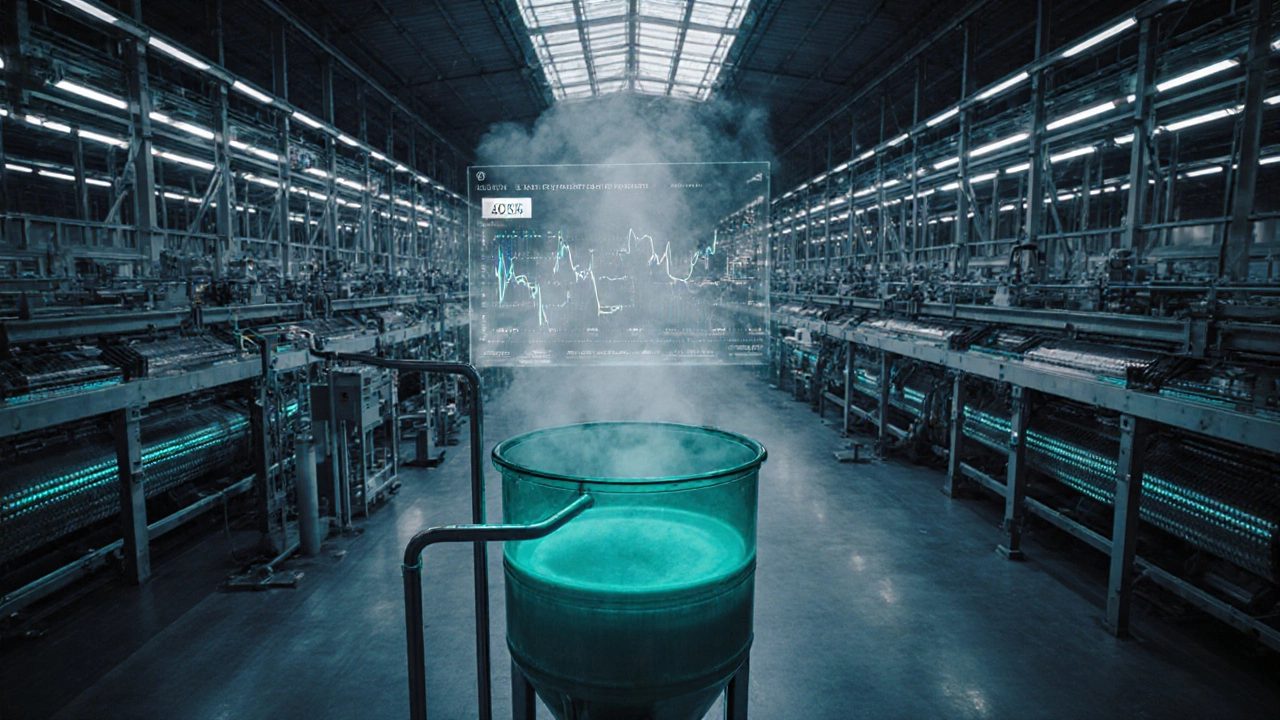
Deep Dive: The Market Leader - China National Textile Group
Founded in 1998 as a consolidation of several regional state‑owned mills, China National Textile Group now operates over 120 factories across 20 provinces. In 2024 its revenue topped $6.8billion, and it pumped out roughly 11million tons of fabric-about five percent of the global total.
Key strengths:
- Vertical integration: From cotton ginning to finished garment fabric, the group controls every step, reducing bottlenecks.
- Scale‑driven pricing: Bulk buying power lets it secure cotton at near‑spot rates, passing savings onto buyers.
- Technology push: Massive investment in AI‑driven looms and water‑saving dye houses cuts waste and energy.
These factors keep the group at the top, even as newer players chase niche markets.
Other Heavy‑Hitters You Should Know
While China National Textile Group is the overall leader, the Indian manufacturers in the table punch above their weight in specific segments.
Arvind Ltd - Denim King
Arvind supplies denim to global brands like Levi’s and H&M. Its focus on sustainable denim-using less water and recycled fibers-has won awards and a growing share of the “eco‑fashion” market.
Vardhman Textiles - Cotton Yarn Specialist
Vardhman’s yarn is a staple for Indian garment makers and many African exporters. The company’s recent rollout of “SmartSpun” yarn, which embeds RFID chips for inventory tracking, shows how it leverages tech.
Welspun India - Home‑Textile Giant
Welspun dominates the global towel market, supplying over 40% of the world’s hotel towel inventory. Its “towel‑as‑a‑service” model, where hotels pay per use, is reshaping the industry.
Toray Industries - Synthetic Fiber Pioneer
Toray leads in carbon‑fiber and high‑performance polyester, feeding the aerospace and automotive sectors. Though its overall volume is lower than the Chinese giant, its revenue per ton is the highest.
What Drives a Company to the Top?
Looking at these leaders, a few common threads emerge:
- Scale plus diversification: Companies that can produce both basic fabrics and high‑tech fibers spread risk.
- State or private backing: Access to capital for plant upgrades gives a huge edge.
- Supply‑chain control: Owning cotton farms, yarn mills, and finishing units removes reliance on volatile third‑party pricing.
- Sustainability focus: Brands increasingly demand eco‑friendly fabrics; leaders have already built green processes.
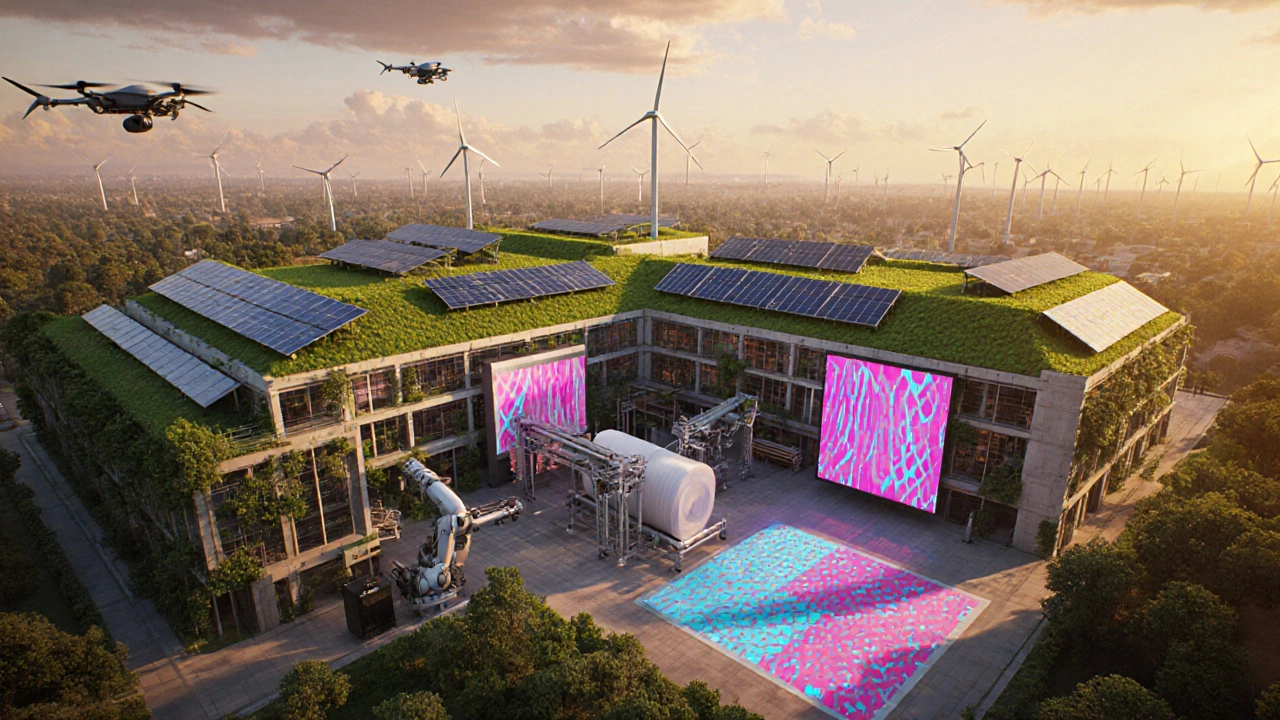
Future Outlook - Will the Leader Stay the Same?
The textile market is shifting fast. Digital printing, on‑demand manufacturing, and bio‑based fibers are reshaping demand curves. While China National Textile Group enjoys a massive head‑start, rivals are narrowing the gap by investing in automation and sustainable tech.
In the next five years, expect to see:
- A rise in regional “near‑shoring” hubs in Southeast Asia, where labor costs are lower than China but logistics still favor the Pacific market.
- More collaborations between tech firms and textile mills, especially around AI‑controlled quality inspection.
- Regulatory pressure on water usage and chemical waste, pushing older plants to retrofit or lose market share.
Keep an eye on emerging players like Vietnam’s Vinatex and Bangladesh’s DBL Group-they’re scaling fast and could shake up the rankings.
Quick Checklist: Is a Supplier Worth Considering?
- Check latest annual revenue and production capacity figures (preferably from audited reports).
- Verify sustainability certifications (OEKO‑Tex, GOTS, ISO14001).
- Assess vertical integration - does the supplier control raw material sourcing?
- Look for investment in automation or AI, indicating future cost competitiveness.
- Ensure the company’s market share aligns with the fabric type you need (e.g., denim vs. technical polyester).
Frequently Asked Questions
Which country produces the most textiles?
China remains the world’s top textile producer, accounting for about 35% of global output in 2024.
Is the largest supplier the same as the most profitable?
Not necessarily. Companies like Toray earn higher profit margins per ton because they focus on high‑value synthetic fibers, even though their total volume is lower.
How does sustainability affect a supplier’s ranking?
Brands increasingly require eco‑certified fabrics. Suppliers with strong green credentials can command premium prices and win larger contracts, boosting revenue and market share.
Can smaller manufacturers compete with the giants?
Yes, especially in niche markets like technical textiles, organic cotton, or bespoke printing. They leverage agility and specialized expertise that large firms can’t match quickly.
What trends will reshape the textile supply chain?
Digital printing, on‑demand manufacturing, AI‑driven quality control, and bio‑based fibers are the biggest disruptors expected to change sourcing decisions over the next decade.
So, if you’re scouting a partner or just curious about who dominates the fabric world, the answer today is China National Textile Group. Keep watching the industry, though-technology and sustainability could reshuffle the podium faster than you think.



